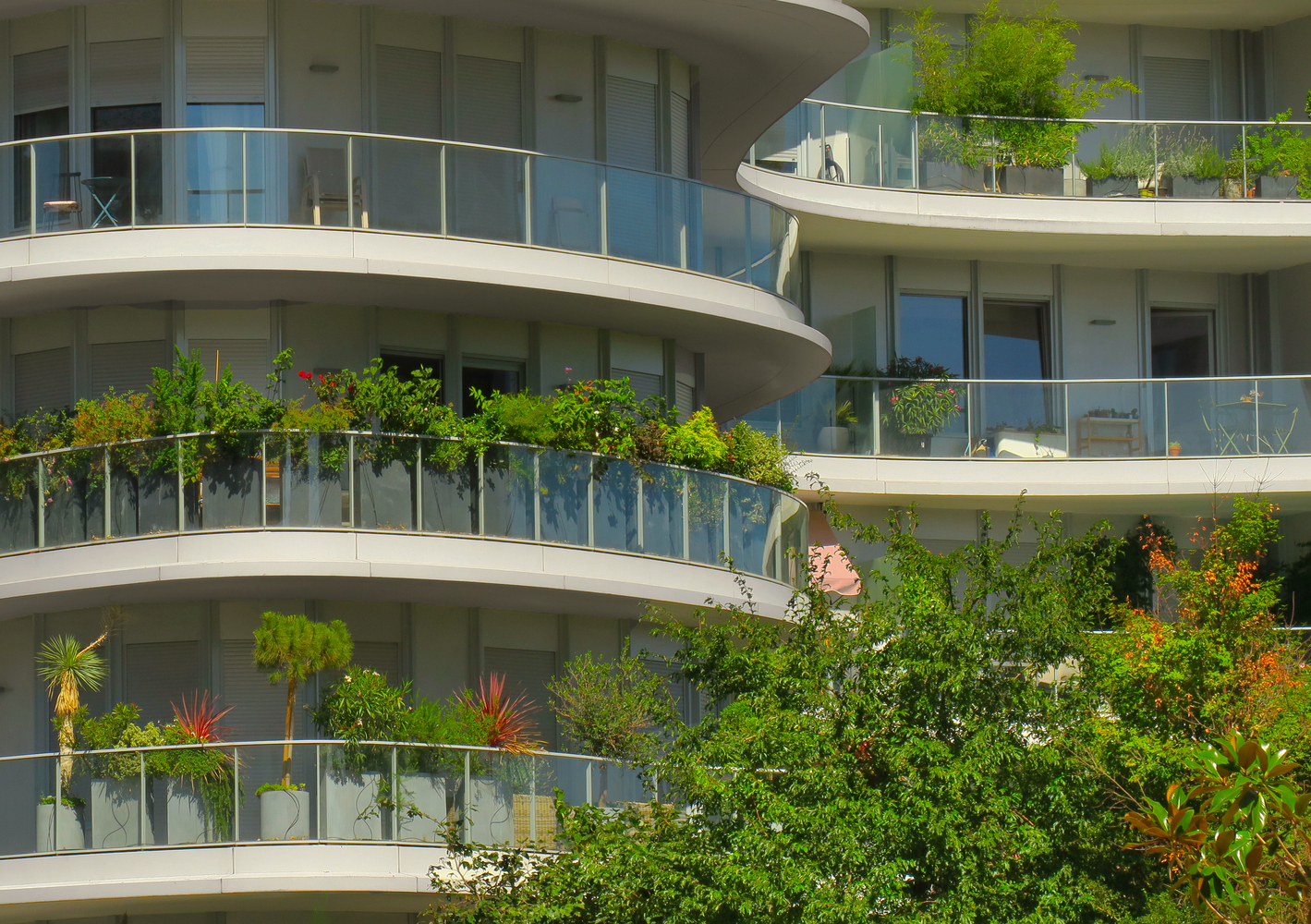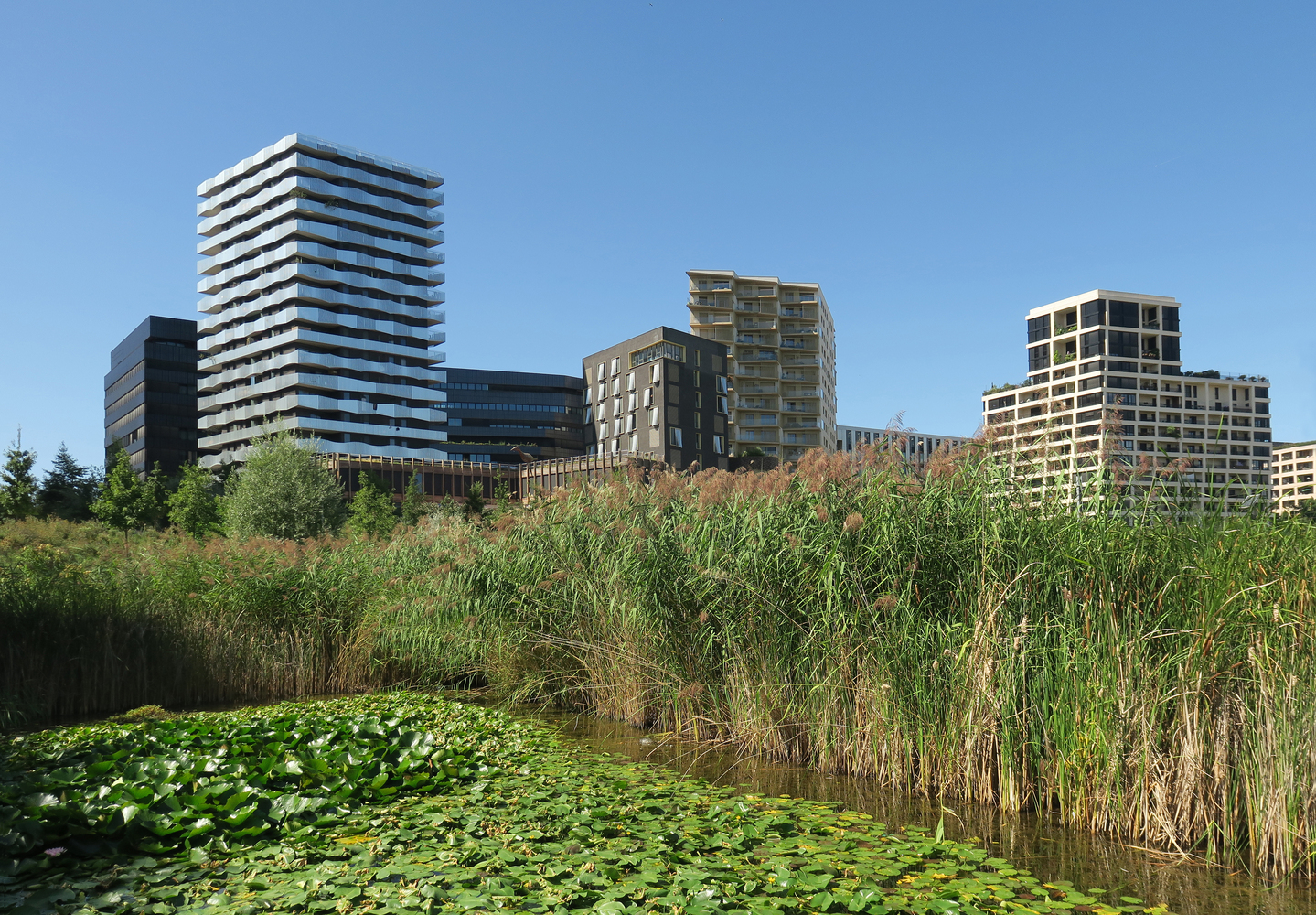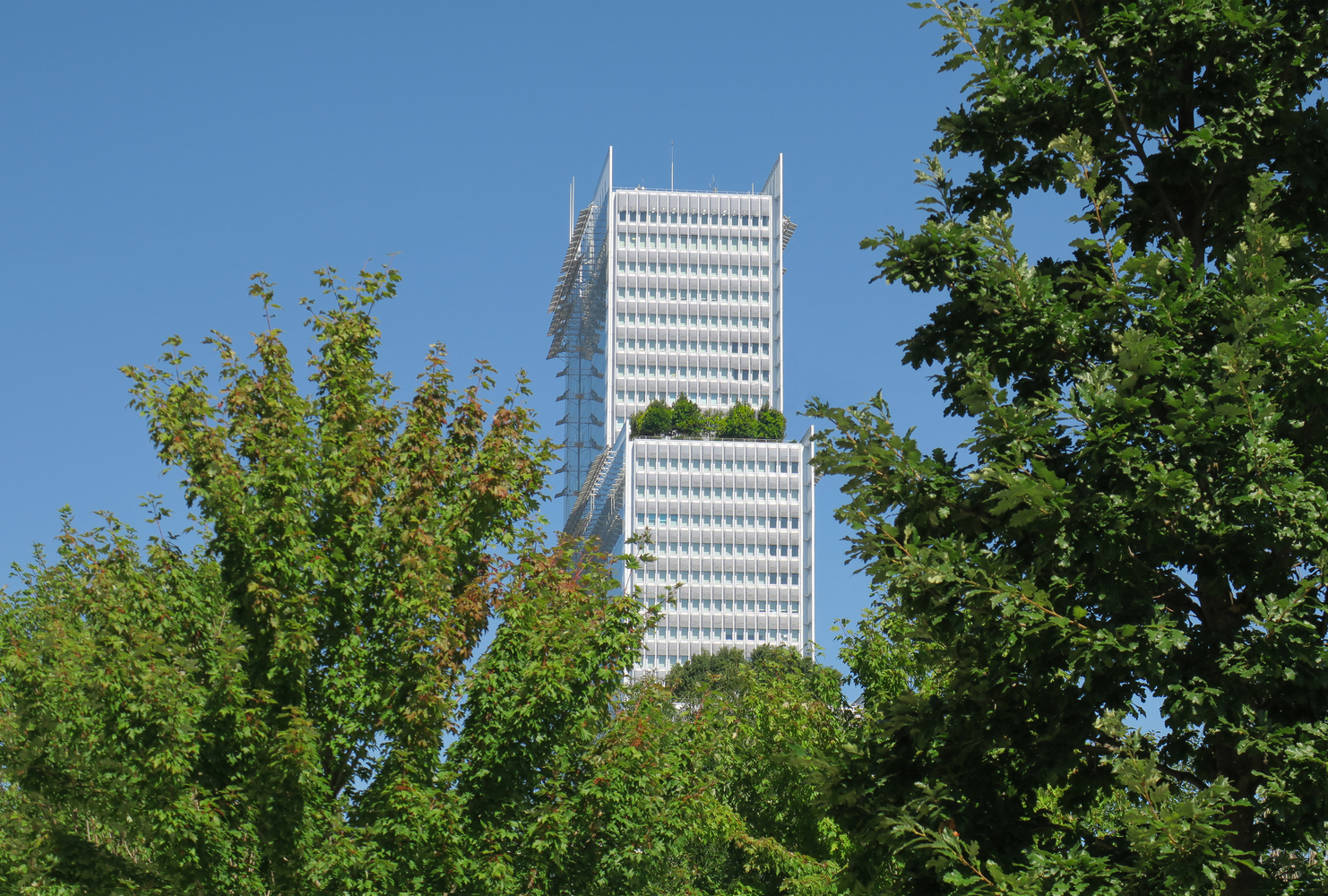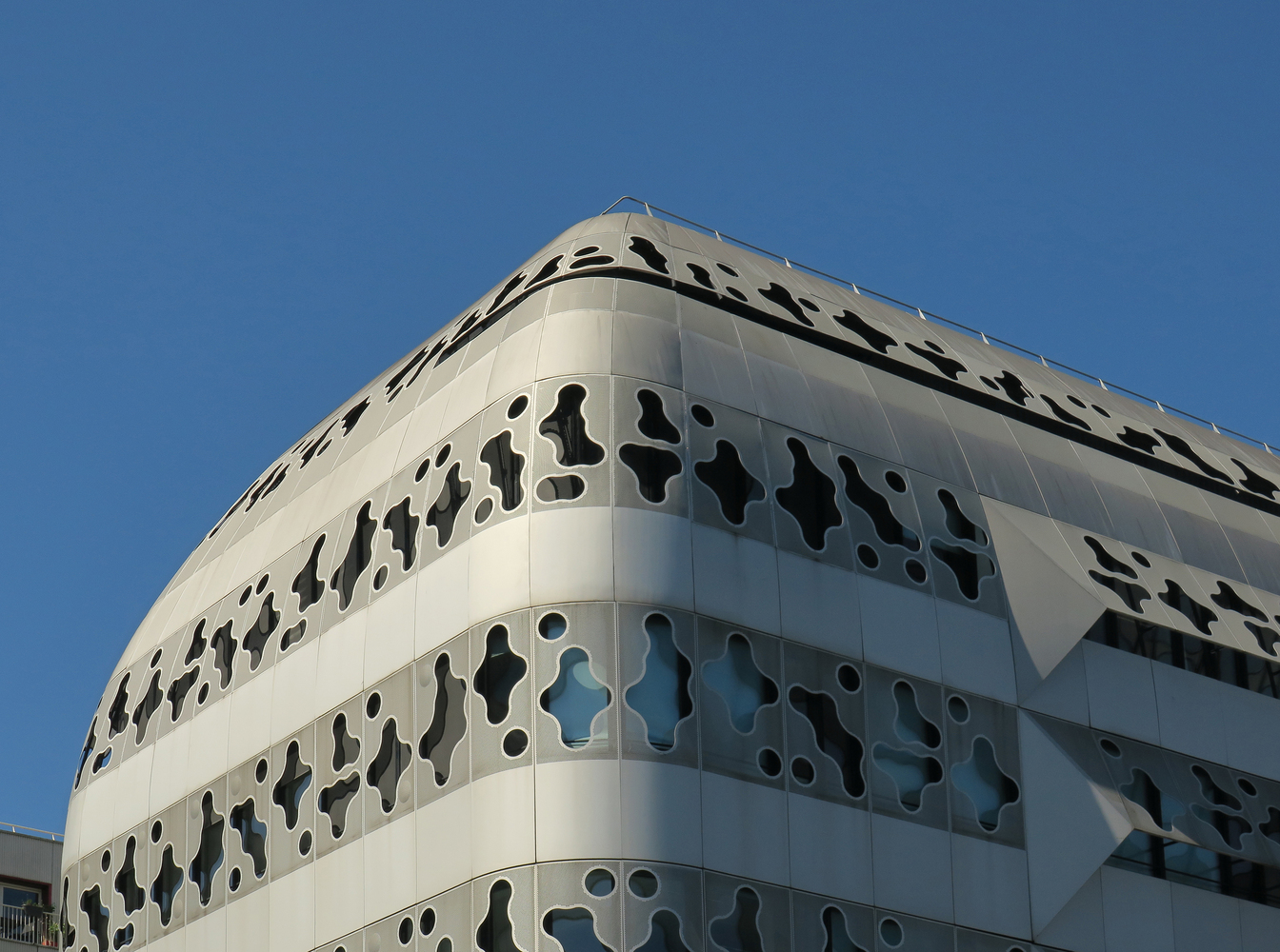
With the 2024 Olympic Games opening ceremony fast approaching, Paris has captured global attention. Beyond the venues being prepared for the Olympics, the city offers a wide range of architectural projects that showcase its efforts to improve the urban environment and promote a greener and more inclusive city. Among these is the new Clichy Batignolles Eco-District in the 17th arrondissement of Paris, a 54-hectare development that transforms the former SNCF rail yard into a vibrant new neighborhood. This initiative features contributions from internationally recognized architects, including MAD Architects, Architect Périphériques, and RPBW, among others. Read on to explore the urban development through the lens of architecture photographer Paul Clemence.

Coordinated by architect and urban planner François Grether, in collaboration with Jacqueline Osty and OGI engineering, this mixed-use area centers around an expansive green space: the Martin Luther King Park, one of the largest in the city. The 10-hectare park, designed by landscape architect Jacqueline Osty, enhances the quality of life in the district and improves urban connectivity with ample connections to the existing street network.

A key goal of the development is to create a dense urban fabric within the formerly restrictive zone, bridging areas that were once separated by the railway. This transformation turns the area into a cohesive link between surrounding neighborhoods. The district will host 7,500 residents and an estimated 12,700 jobs, with amenities and commercial activities integrated throughout.
Anchoring the northern sector is the Paris Courthouse, a 160-meter-high building by Renzo Piano Building Workshop, which enhances connectivity by mitigating the ring road barrier. Additionally, national facilities such as the Cité du Théâtre are planned for the area.

Clichy-Batignolles aims for carbon neutrality, utilizing energy-efficient buildings, extensive photovoltaic panels, and a geothermal heating network. The district’s green spaces, including 26,000 sqm of green roofs and 6,500 sqm within housing blocks, enhance biodiversity and naturally manage rainwater. Public transport, reduced car dependency, and soft mobility solutions improve air quality and facilitate movement within the district. Innovative features like vacuum waste collection further minimize environmental impact. This commitment to sustainability is also evident in its pursuit of the EcoQuartier label from the French Ministry of Sustainable Development.

In an era where Le Corbusier’s five points are increasingly relevant when integrated with sustainable and environmentally responsive architecture, transforming modernist buildings means keeping them active and in harmony with their surroundings. Above all, it eliminates the need for their demolition.
Extending the lifespan of buildings reduces costs and environmental impact, avoiding demolition or more substantial interventions in the future. Sto’s products for facades, facade refurbishment, crack repair, waterproofing, and concrete restoration systems are used on heritage buildings, adaptive reuse projects, renovations, and the maintenance of new buildings worldwide.
Every month, we explore a topic in-depth through articles, interviews, news, and architecture projects. We invite you to learn more about our ArchDaily Topics. As always, at ArchDaily, we welcome contributions from our readers. If you want to submit an article or project, please contact us.

